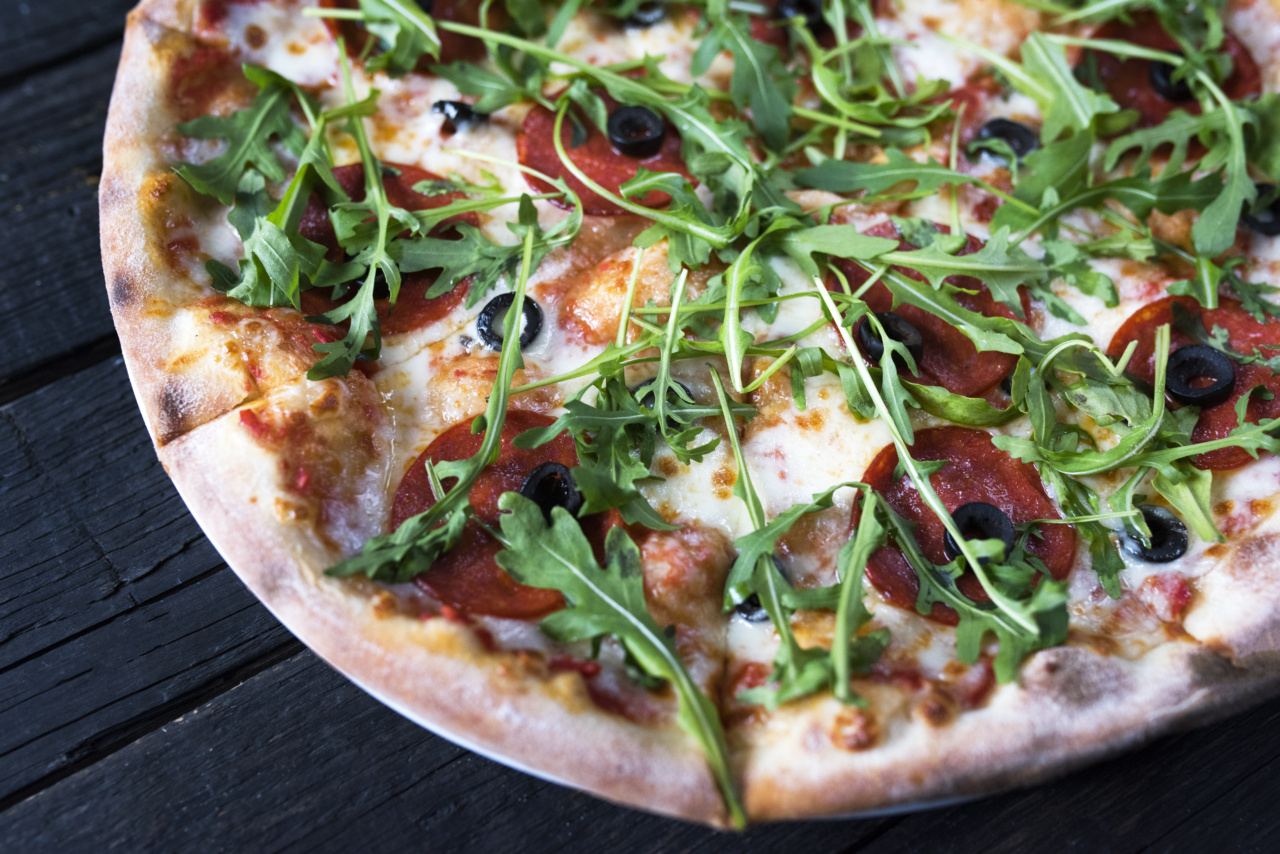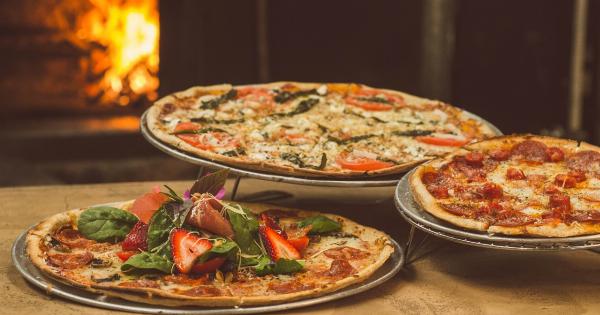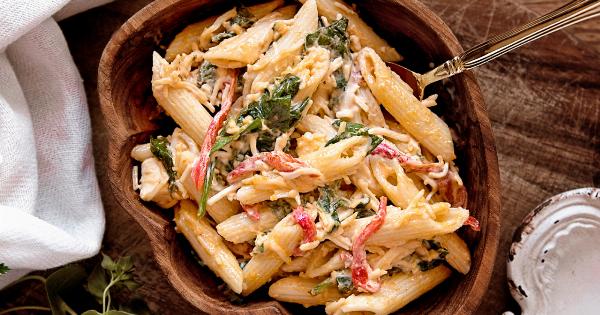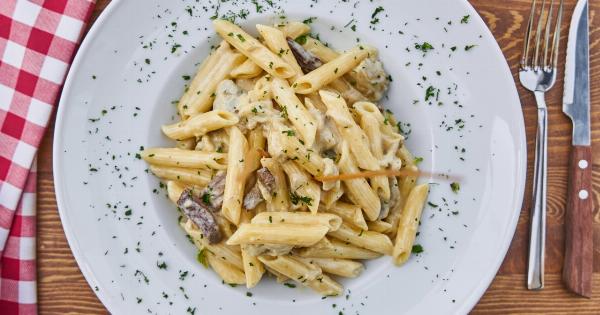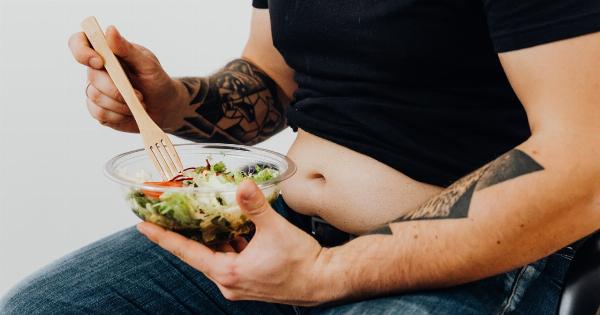Pepperoni pizza is a popular choice among pizza lovers worldwide. It is a classic combination of flavors, with the spicy and savory taste of pepperoni complementing the gooey cheese and tangy tomato sauce.
Whether you’re having a slice at a local pizzeria or enjoying a homemade version, it’s important to be aware of the calorie content in one piece of pepperoni pizza.
Calorie Count
The number of calories in one piece of pepperoni pizza can vary depending on various factors such as the size of the slice, the thickness of the crust, the amount of cheese, and the brand of pepperoni used.
However, we can provide you with a general estimation of the calorie count.
On average, a single slice of pepperoni pizza, typically sized around 12 inches in diameter, contains approximately 285-350 calories.
This estimation is based on a regular crust thickness and includes the toppings of pepperoni, cheese, and tomato sauce.
Impact of Serving Size
The calorie count mentioned above is for one average-sized slice of pepperoni pizza. However, it’s essential to consider the impact of serving size on your overall calorie intake.
A typical pizza pie is divided into eight slices, but restaurant servings or homemade slices may vary in size.
If you consume two slices of pizza, your calorie intake will double, reaching around 570-700 calories, depending on the factors mentioned previously. Therefore, it’s crucial to be mindful of portion sizes to manage calorie intake effectively.
Factors Influencing Calorie Content
As mentioned earlier, several factors can influence the calorie content of one piece of pepperoni pizza. Let’s take a closer look at these factors:.
1. Crust Thickness
The thickness of the pizza crust significantly affects the calorie count. Thin-crust pizzas generally have fewer calories than thick-crust or deep-dish pizzas. Opting for thin-crust pizza can help reduce the overall calorie content per slice.
2. Cheese Type and Amount
The type and amount of cheese used on the pizza also contribute to its calorie content. Mozzarella cheese is often used on pepperoni pizza due to its mild, creamy flavor and ability to melt well. However, it is relatively high in fat and calories.
Using a lighter cheese option or reducing the amount of cheese can help decrease the calories per slice.
3. Pepperoni Brand and Quantity
Pepperoni is the star topping of pepperoni pizza, but different brands may have varying levels of fat, sodium, and calories. Additionally, adding more pepperoni slices will increase the calorie count.
Opting for leaner pepperoni or reducing the quantity can help reduce calories without compromising the taste.
4. Crust Preparation Method
The way the pizza crust is prepared can also affect its calorie content. Deep-fried or pan-fried crusts tend to be higher in calories compared to traditional oven-baked crusts.
If you are conscious of your calorie intake, choosing oven-baked crusts is a healthier option.
5. Customization and Other Toppings
Aside from pepperoni, you may choose to add other toppings to your pizza. While these toppings can enhance the flavor, they can also increase the calorie count.
Toppings like extra cheese, sausage, bacon, or high-fat sauces all contribute to additional calories. If you’re concerned about calories, consider opting for lighter toppings like vegetables or lean proteins.
How to Reduce Calories
If you’re watching your calorie intake but still want to enjoy a delicious slice of pepperoni pizza, there are strategies you can employ to make it a healthier choice. Here are a few tips to reduce the calorie content of your pizza:.
1. Thin Crust or Veggie Crust
Choose a thin crust option or explore alternative crusts like cauliflower crust or whole wheat crust. These choices can significantly reduce the calorie content compared to traditional thick crusts.
2. Lighter Cheese
Opt for a lighter cheese option or use reduced-fat mozzarella cheese. By reducing the amount of cheese or choosing a lighter alternative, you can slash a significant number of calories.
3. Leaner Protein Toppings
If you’re a fan of meat toppings, consider choosing leaner options like grilled chicken or turkey pepperoni instead of regular pepperoni. These options have lower fat content, resulting in reduced calorie intake.
4. Load Up on Vegetables
Incorporate a variety of vegetables as toppings to make your pizza more nutritious and reduce the number of calories per slice. Colorful toppings like bell peppers, onions, mushrooms, spinach, or tomatoes can add flavor and essential nutrients.
5. Portion Control
Be mindful of portion sizes. Instead of indulging in multiple slices, savor one or two slices and pair it with a side salad or a light soup to create a balanced meal.
By controlling your portions, you can enjoy your favorite pizza while managing your calorie intake.
Conclusion
Pepperoni pizza is undeniably delicious, but it’s important to be aware of its calorie content.
The calorie count can vary based on factors such as crust thickness, cheese type and amount, pepperoni brand and quantity, crust preparation method, and additional toppings. By making smart choices and being mindful of portion sizes, you can enjoy a slice of pepperoni pizza as part of a balanced diet.
